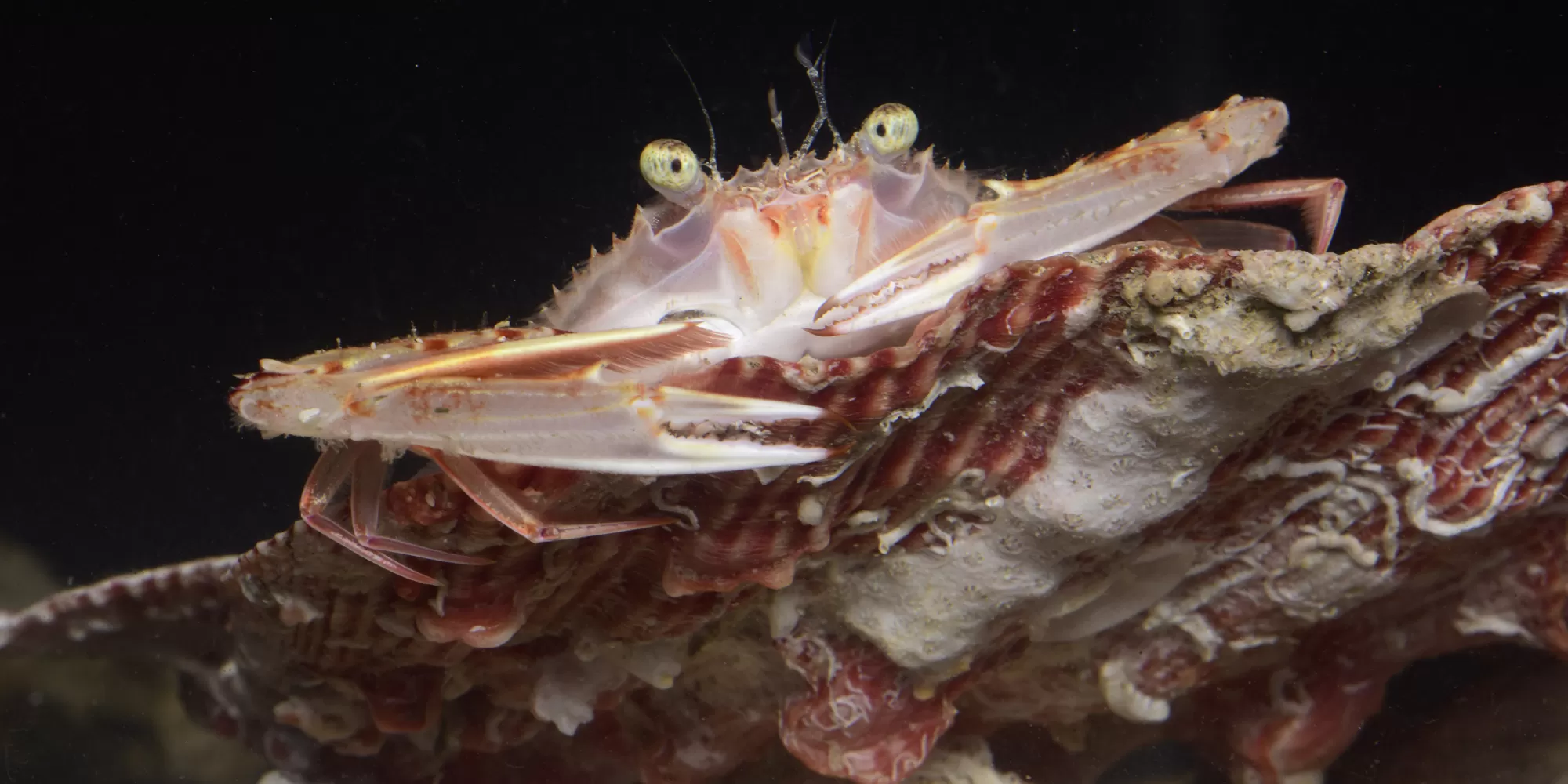Search

Collections Overview
The Department of Invertebrate Zoology (IZ) is one of the oldest scientific units in the Smithsonian Institution. It was established in 1856 to house invertebrates collected from the U.S. North Pacific Exploring Expedition. Collections from the U.S. Exploring Expedition (aka Wilkes Expedition) were added in 1858. Current holdings are approximately 50 million specimens in over 18 linear miles of fluid specimen storage, 2.3 acres of dry specimen storage, and 500,000 glass slides. This collection as a whole comprises more than 160 years of zoological history. It represents an indispensable baseline resource for studies of oceans biodiversity, evolution, ecology, and environmental impacts. More than 40% of these specimens have computer records that can be queried at the IZ collections database. The National Invertebrate Collection includes Annelids, Bryozoans, Corals, Crustaceans, Echinoderms, Parasitic worms, “Protozoans,” Sponges, and Tunicates. Brachiopoda and Foraminifera are managed by the Department of Paleobiology; and the Insecta, Myriapoda, and non-marine Chelicerata are managed by the Department of Entomology.
Queries about accessing our collection should be made through the IZ scientist responsible for curatorial oversight or Collection Manager William Moser